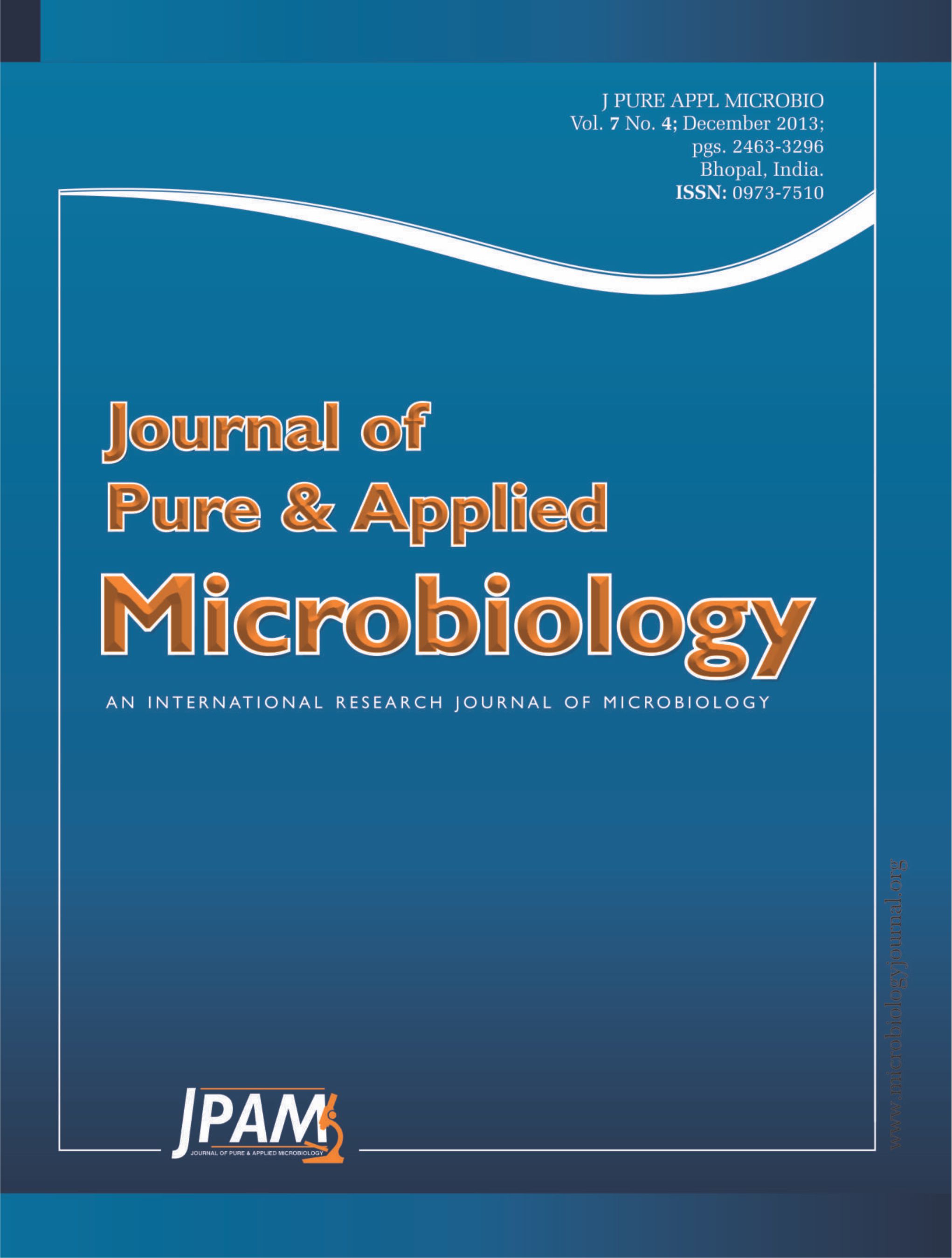For the past few years, bacteria that are grown in high-salt environment have been a focus of extremophiles research. They are distributed widely in different habitats and possess unique physiological properties. In this study, we obtained 97 halophilic or halotolerant eubacteria from saline-alkali soil in Shache County, Xinjiang Province, China, by selective media. Phylogenetic analysis of the partial sequences indicated that the isolates were affiliated with 19 genera of three orders. All 97 strains were screened for amylase, lipase, gelatinase and cellulase. Twenty-five strains were lipase producers, 27 gelatinase producers, 31 amylase producers, and none were cellulase producers. Combined hydrolytic activities were detected in some strains. Twenty-one isolates presented with two or more activities, but only five isolates presented with three hydrolytic activities. For the tolerability tests of amylase and lipase, we found that most of the isolates presented the highest amylase activity at 10% NaCl, pH 7.0 and 40°C, and the highest lipase activity at 5-10% NaCl, pH 8.0 and 30°C.
Halophiles, Halotolerant Bacteria, Amylase, Lipase, Gelatinase
© The Author(s) 2013. Open Access. This article is distributed under the terms of the Creative Commons Attribution 4.0 International License which permits unrestricted use, sharing, distribution, and reproduction in any medium, provided you give appropriate credit to the original author(s) and the source, provide a link to the Creative Commons license, and indicate if changes were made.


